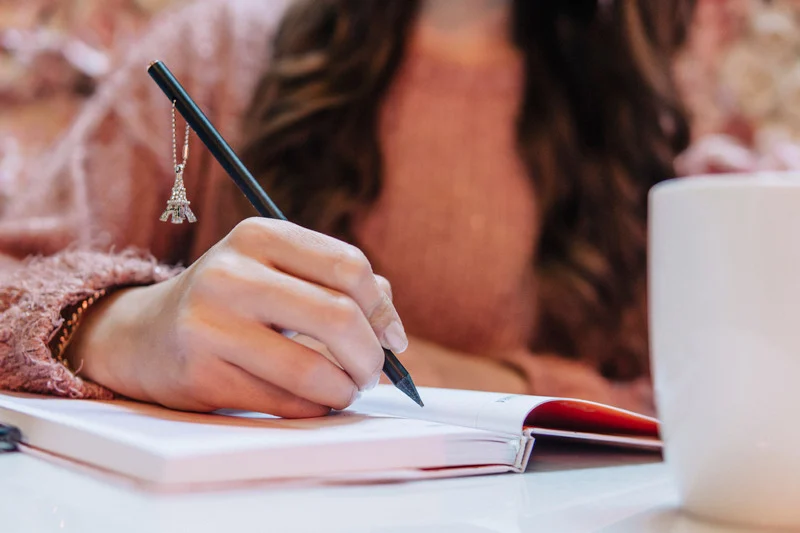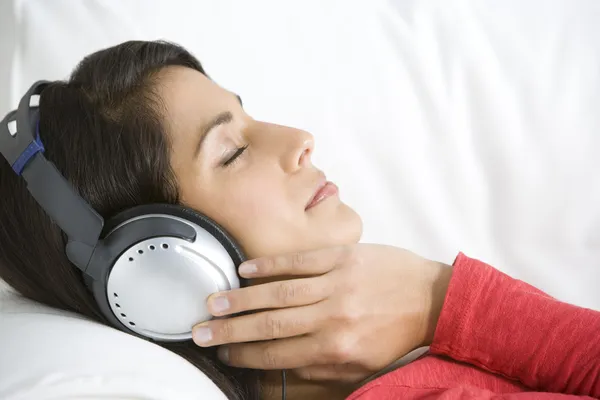Seven Things You Can Do to Alleviate Stress and Anxiety, Right Now.
We live in a fast-paced society where many of us feel overwhelmed by stress, anxiety, and the relentless demands of life. Polyvagal exercises offer a powerful, science-backed solution to these challenges by helping regulate the nervous system and balance our emotions. Regulating our nervous system allows us to feel calm, grounded, and present.
Rooted in Dr. Stephen Porges’ Polyvagal Theory, these simple practices stimulate the vagus nerve, reducing stress and improving mood. The vagus nerve runs throughout the body and contributes to mood regulation, immune response, digestion, and heart rate.
Incorporate these strategies into daily routines and you can transform your response to stress, providing relief from anxiety and trauma. According to Polyvagal Theory, our nervous system has three main states:
Social Engagement (Safe State): When we feel safe, our body is relaxed, and we can connect socially with others. This is when the “rest and digest” system is active.
Fight or Flight (Alert State): When we perceive danger, our body gets ready to either fight the threat or run away. This is our survival mode.
Shutdown or Freeze (Immobilization State): When the threat seems overwhelming, our body might go into a shutdown mode to protect itself. This can make us feel numb or disconnected.
Our goal is to spend most of our time in the social engagement state, where we feel safe and connected. However, trauma and chronic stress can make our nervous system get stuck in the fight/flight or shutdown states. Polyvagal exercises can help us move back to a more balanced, safe state.
Here are 7 strategies proven to help with anxiety and stress.
- Box Breathing
Box breathing is a simple yet powerful technique that promotes relaxation and balance in the nervous system. Imagine a square or box as you follow these steps:
Inhale:
Visualize the first side of the box. As you do this, slowly inhale through your nose for a count of four. Imagine the air filling your lungs completely, expanding your chest and abdomen.
Hold:
Picture the second side of the box. Hold your breath for a count of four.
During this pause, feel the stillness in your body, allowing your mind to settle.
Exhale:
Now, visualize the third side of the box. Slowly exhale through your mouth for a count of four. Imagine releasing all the tension and stress with your breath, feeling your body relax.
Hold:
Finally, picture the fourth side of the box. Hold your breath again for a count of four.
Use this moment to prepare for the next breath, maintaining a sense of calm.
Repeat this cycle for several minutes, imagining the box with each breath. Box breathing engages the parasympathetic nervous system, signaling your body to calm down and promoting a state of relaxation.
- Cold Immersion
Using cold therapy approaches can be particularly effective during the onset of a panic attack. For instance, if you begin to feel the early signs of a panic attack, such as rapid heartbeat, shortness of breath, or a sense of impending doom, you might use cold therapy to help self-regulate your nervous system.
By quickly splashing cold water on your face, placing a cold compress on your chest, taking a cold shower, or placing ice cubes in your hands, can lower the heart rate and help reset the nervous system. This can potentially alleviate the severity of a panic attack and regaining a sense of control.
- Vocal Toning
Begin by finding a comfortable pitch and start producing a gentle, continuous “vooooo” or “ohm” sounds. This practice, known as vocal toning, involves making sustained vowel sounds. As you engage in vocal toning, focus on the soothing vibrations resonating throughout your body.
Or try gargling. It is similar to humming, gargling with water can stimulate the vagus nerve and promote relaxation. I know this may sound weird, but these vibrations stimulate the vagus nerve, promoting relaxation and calming your nervous system.
- Self-Hug
Giving yourself a hug may also seem strange, but it can activate the parasympathetic nervous system, signaling safety to your body. Here are three ways to give yourself a hug:
Traditional Self-Hug:
Stand or sit comfortably. Wrap your arms around your body, crossing them over your chest. Place your right hand on your left shoulder and your left hand on your right shoulder. Gently squeeze yourself, feeling the comforting pressure.
Butterfly Hug:
Cross your arms over your chest so that your hands rest on your upper arms or shoulders. Gently tap your shoulders or upper arms alternately with your hands, creating a soothing rhythm. This method is often used in EMDR (Eye Movement Desensitization and Reprocessing) therapy to promote relaxation.
Self-Compassion Hug:
Place your right hand on your heart and your left hand on your abdomen.
Feel the warmth and pressure of your hands and take a few deep breaths.
Imagine sending yourself love and compassion with each breath.
- Progressive Muscle Relaxation
For a guided approach, you can find progressive muscle relaxation exercises on YouTube or through an app on your phone. This technique involves methodically tensing and then relaxing various muscle groups throughout your body.
Start by focusing on your toes. Tense the muscles for a few seconds, feeling the tightness, and then slowly release, noticing the sensation of relaxation. Move on to your feet, then your calves, and continue this process, working your way up through each muscle group until you reach your head.
By tensing and relaxing each muscle group, you help release physical tension and send signals to your nervous system that it’s safe to relax. This practice not only reduces physical tension but also promotes a sense of overall calm and well-being.
6. Gratitude Practice
Gratitude List:
Spend a few minutes each day writing down three to five things you are grateful for. These can range from simple pleasures, like a warm cup of coffee, to significant experiences, like the support of a close friend. Regularly journaling your gratitude can help you develop a more positive outlook on life.
Gratitude Meditation:
Set aside a quiet moment to meditate on the things you are thankful for. Close your eyes, take a few deep breaths, and visualize each person, place, or thing that brings you joy. Feel the positive emotions associated with each one, allowing them to fill you with a sense of peace and happiness.
Gratitude Letters:
Write a heartfelt letter to someone who has made a difference in your life. Express your appreciation for their kindness, support, or friendship. You don’t necessarily have to send the letter, but the act of writing it can reinforce your feelings of gratitude.
- Safe Place and Five Senses Visualization
Find a quiet and comfortable space where you won’t be disturbed. Sit or lie down, close your eyes, and take a few deep, calming breaths.
Begin to imagine a place where you feel completely safe and at ease. This place can be a real location you’ve visited before, like a serene beach with soft sand and gentle waves, or a cozy cabin in the woods with the sound of birds chirping and the smell of pine trees. Alternatively, it can be a place you create in your mind, like a beautiful garden filled with vibrant flowers, a gentle breeze, and the soothing sound of a nearby stream.
Engage all your senses to make the visualization vivid.
Sight: Picture the colors and details of your surroundings. Notice the way the light filters through the trees or sparkles on the water.
Sound: Listen to the calming sounds in this place, whether it’s the rhythmic waves crashing on the shore, the rustling leaves, or the soft chirping of birds.
Touch: Feel the textures around you, such as the warm sand beneath your feet, the cool grass, or the soft, fluffy blanket you might be lying on.
Smell: Inhale deeply and notice the scents in the air, like the salty sea breeze, the earthy aroma of the forest, or the sweet fragrance of flowers.
Taste: If it fits your scene, imagine tasting something that adds to your sense of comfort, like a refreshing sip of coconut water, a warm cup of tea, or the sweetness of fresh fruit.
Spend a few minutes fully immersed in this safe place. Allow yourself to relax and feel the sense of peace and safety it provides. This practice not only offers a mental escape but also signals to your nervous system that you are in a safe environment, promoting relaxation and emotional stability.
By practicing these exercises, you can build resilience against stress, improve emotional regulation, and cultivate a sense of calm.
If you have a stressful or traumatic situation that you are having difficulty navigating, please reach out to me. I am here to help you!
Peace,






